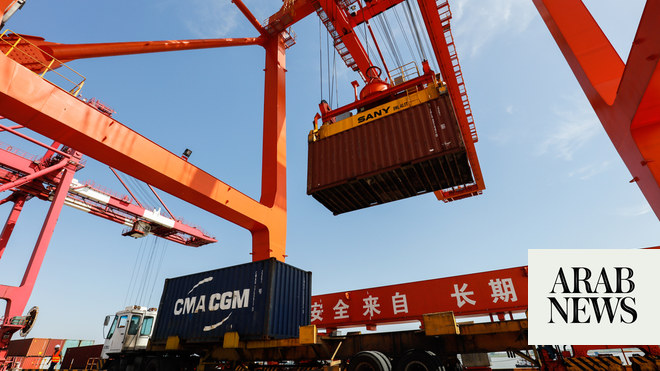
* June exports +32.2% yr/yr vs +23.1% forecast in Reuters poll
* June imports +36.7% yr/yr vs +30.0% forecast
* June trade balance $51.53 bln vs $44.20 bln forecast
BEIJING, July 13 (Reuters) - China’s exports grew at a much faster than expected pace in June as virus outbreaks and port delays were eclipsed by solid global demand thanks to easing lockdown measures and vaccination drives worldwide.
Imports growth also beat expectations with the values boosted by high raw material prices, customs data showed on Tuesday.
Thanks to Beijing’s efforts in largely to containing the pandemic earlier than its trading partners, the world’s biggest exporter has managed a solid economic revival from the coronavirus-induced slump in the first few months of 2019.
China’s trade performance has seen some pressure in recent months, mainly led by a global semiconductor shortage, logistics bottlenecks, higher raw material and freight costs.
All the same, the global easings in COVID-19 lockdown measures and vaccination drives appeared to underpin a strong uptick in worldwide demand for Chinese goods.
Exports in dollar terms rose 32.2% in June from a year earlier, compared with a 27.9% gain in May. The analysts polled by Reuters had forecasted a 23.1% increase.
The strong shipment numbers mirrored some solid factory surveys overseas. A measure of U.S. factory activity climbed to a record high in June, while Euro zone business growth accelerated at its fastest pace in 15 years. [nL2N2O42C6 nL2N2O50ED]
The data also showed imports increased 36.7% year-on-year last month, beating a 30.0% forecast but slowing from a 51.1% gain in May, which was the highest growth rate in a decade.
China posted a trade surplus of $51.53 billion for last month, compared with the poll’s forecast for a $44.2 billion surplus and the $45.54 billion surplus in May.
The world’s second largest economy has contained a sporadic coronavirus outbreak in one of its major export hubs in southern Guangdong Province last month.
However, exporters are grappling with higher raw material and freight costs and logistics bottlenecks.
Prices for commodities such as coal, steel, iron ore and copper have surged this year, fuelled by easing pandemic lockdowns in many countries and ample global liquidity. (Reporting by Stella Qiu and Gabriel Crossley Editing by Shri Navaratnam)
Our Standards: The Thomson Reuters Trust Principles.











